|
Attune me to today
Let my words Be your words And may I respond To life's challenged From the fusion of My humanity and My divinity
0 Comments
When I started in the a 12-step programs I was immediately taught the history of AA and the incredible “coincidences” that transpired to bring the co-founders together, along with the pieces of the puzzle to finally find a solution to alcoholism. I was taught that Roland Hazard was one of those pieces. He spent a year studying with and being treated by Dr. Carl Jung in England before returning to New York and influencing Ebby Thatcher who was a childhood friend of Bill Wilson. As a result of Carl Jung explaining to Roland that he was a hopeless alcoholic who needed a “vital, spiritual experience,” another piece of the puzzle was put in place.
When I started my master’s program to get my clinical social work license, there were endless research papers required for the program. I repeatedly saw Carl Jung’s name as a reference. More specifically, they were quotes from his Red Book. So, I therefore asked my husband for the book for Christmas and he surprised me and bought 3 different books about or from Carl Jung. In Carl Jung’s book Memories, Dreams, and Reflections there is a chapter named “Confrontation with the Unconscious.” The name immediately drew me in, because having have been trained in EMDR, which addresses our unconscious and the trauma that is stored in the body. I was determined to become the best therapist I could be, but also knew I had my own healing to finish. I felt resistance from within to dig deeper. One day while praying on the resistance, I saw this book Memories, Dreams, and Reflections, sitting on the shelf and immediately turned to the chapter about the unconscious. In the chapter, Carl Jung discussed facing his own internal struggles with his subconscious. He stated: “The dreams, however, could not help me over my feeling of disorientation. On the contrary, I lived as if under constant inner pressure. At times this became so strong that I suspected there was some psychic disturbance in myself. Therefore, I twice went over all the details of my entire life, with particular attention to childhood memories; for I thought there might be something in my past which I could not see and which might possibly be the cause of the disturbance.” (p. 173) He went on to discuss a memory from when he was 10 or 11 years old, stating, and stated “to my astonishment, this memory was accompanied by a great deal of emotion.” I related to the memories that still hold emotional charge. I still am run by so many of my fears developed in childhood. The work I did in the recovery programs had brought me so far and I was living life like I had never experienced before. I had also developed a relationship with God, as I understood God, but my internal world needed more help. I firmly believe my God brought me to EMDR and the Institute of Creative Mindfulness to further my healing and to use my experience to hopefully help others find the same healing. I knew even reading this chapter in Carl Jung’s book was led by that Higher Power. The last line in this chapter that convinced me I needed to do EMDR myself was when Jung discussed his own resistance to looking at his negative emotions and what it was costing him to look at them. He felt he had no choice, but to go deeper and stated, “A cogent motive for my making the attempt was the conviction that I could not expect of my patients something I did not dare to do myself.” (p. 178) I felt my path was paralleling his in some way, and I “had no choice”, but to continue this journey. Soon after starting my own EMDR sessions, I went to a weekend retreat to learn about expressive arts. We learned to used paints, pastels, dance, writing, poetry, and yoga to encourage the healing and express what our parts inside needed to say. If Jung was not describing dissociated parts, I don’t know what he could have been describing. Jung stated, “The essential thing is to differentiate oneself from these unconscious contents by personifying them, and at the same time to bring them into relationship with consciousness. That is the technique for stripping them of their power. It is not too difficult to personify them, as they always possess a certain degree of autonomy, a separate identity of their own. Their autonomy is a most uncomfortable thing to reconcile oneself to, and yet the very fact that the unconscious presents itself in that way gives us the best means of handling it.” (pg. 187). When I returned came home from the retreat, I returned to Jung’s writings because I remembered he had discussed using his imagination to play. He also used yoga to ground himself:. “I was frequently so wrought up that I had to do certain yoga exercises in order to hold my emotions in check.” He used this exercise to calm himself and then he would go back into the emotions. This is just like we do while reprocessing in EMDR. Again, recognizing the parallel to our paths brought me comfort that I am not on this journey alone. Yes, in 1914, they did not call it EMDR or Expressive Arts Therapy, but even then the solution was the same. I have still not found comfort in painting or drawing, but I enjoy reading, writing, and singing. All of me becomes one when I am listening, feeling, playing, or experiencing music. This is my comfort, my joy, and my journey. I am about to attend another retreat to learn more about myself and take another step towards healing. My internal world has always made me feel separate or alone, but knowing a great mind like Jung followed this journey and my new friends at ICM, I am no longer separate and I can celebrate my “weirdness." For years I was scared to buy paint. One of my college roommates was an art major, and it captivated me to watch her paint. She had the capacity to create such beautiful, museum-quality pieces with her amazing talent. I loved to watch her work her magic! To this day I am proud to have several of her pieces and prints in my home, as I’m reminded of those beautiful memories of watching her in-the-zone.
Like many people I’ve worked with through the years, my barrier to painting and to most visual art came from a sense of “I can’t do it,” or “I’m not good enough.” I never seemed to have this issue with music, dance, theater, or writing where there was at least some evidence of my competence, usually in the form of compliments or accolades received. I never had a problem calling myself a writer, for instance, winning many awards throughout middle school and high school. And then came the books… But to call myself a visual artist? To call myself a painter? Hell no! After watching my roommate work, I still felt you had to have a special artist license to even buy paint… There is one visual form I felt reasonably comfortably approaching: collage. Born out of my love for making travel scrapbooks, collaging spoke to me because there didn’t seem to be competence involved. And I very much enjoyed the process of taking scraps and allowing them to develop into something meaningful when put together. As I began working with my own expressive arts mentor Christine Valters Paintner, I began to get braver about working with visual arts. Sure, I’d long kept some basic drawing materials in the office for my clients and out at Dancing Mindfulness retreats. Yet when I began working with Christine and realizing just how much Dancing Mindfulness as a program connected with the all-of-the-above nature of the expressive arts, I got braver about exploring my edge as an expressive artist. I continued with collage and ventured into working with pastels and markers. I quickly found that visual arts had even more to teach me because I didn’t approach them with any kind of expectation about the quality of the product. There’s something to be said about being the worst kid in art class who was never chosen for any shows. Because competence was never my focus in visual art, I was naturally more open to just enjoying it, to being in process, and learning from what making just for fun revealed. I credit crossing the paint threshold to my ex-husband after he saw how much I liked coloring and pastels. When I was going through an especially rough patch in the Fall of 2016, he bought me a paint-by-numbers kit. Although initially skeptical, I soon found that I enjoyed it even more than coloring books. There was something soothing and containing about having lines in which to work, yet my hand responded to the sensation of moving paint along a canvas. I loved everything about it; the colors, the smells, and yes, even the feeling of accomplishment when I saw the final product. There was some leftover paint and while at my local craft store on a run for some other supplies, I bought a small canvas and decided to use the leftover pain to express something original. I painted a mandala and it spoke to me very much. I continued with this process for the next few months—finishing paint-by-numbers kits and then using the leftover paint to create something original. After a couple rounds of this process, I got brave enough to order some of my own paint off of Amazon and continue with my explorations. I approached it as something fun to do, something that let me play with color and texture and sensation and not be bound by the shackles of outcome. A few months into this journey is where the painting that graces the cover of my latest book Process Not Perfection: Expressive Arts Solutions for Trauma Recovery revealed itself to me. And in this revelation came what is perhaps the greatest lesson that I ever received about the power of process: be open to where the unexpected, even the failures, may guide you. A pleasant surprise may blossom when you shed these expectations. I laid down a foundation in gauche, the first time I ever experimented with this unique form closely related to watercolor. I also played around with using some shimmery paints that you can apply with a spray bottle. I liked the mystical ocean of color that was coming into existence! Then the idea came to me—paint a Hand of Fatima! This blue magic would certainly be an ideal backdrop for this symbol I’d come to adore. I printed out a copy of the hand online to follow. This unique pattern, sometimes referred to as a Hand of Hamhsa, seemed relatively easy to copy or trace, even for someone as unskilled as I. When I looked at the lopsided result of my attempt to paint the hand in white acrylic with a fine brush, I was disheartened. “See, I ruined my cool blue background,” I huffed in frustration. In the spirit of process, I rolled with that frustration, angrily ripping away a paper towel and I just started rubbing. I hoped that enough of it would come off so that I might be able to salvage some of the base. What emerged was the cool, rather mystical white outline of a flower that you now see on the cover of the book. “Wow, the hand now looks like a cloud, or a flower,” I said. I noticed that my raging by paper towel maneuver also made some very interesting patterns on the canvas that I just began filling in with gold… and then with green. And then as I noticed the flower take shape, I finished off the core image with some of the pinkish-magenta that now composes the flower itself. I stood back in amazement, declaring, “I did that! It’s beautiful!” And it was totally an accident, the fruit of staying in process and not being fixated on outcome. From the moment I began writing Process Not Perfection, I knew that this image would be my book’s cover. For being in the process that birthed this painting is when I truly fell in love with the magic of expressive arts. I adore how the practices of expressive arts therapy invite me into a focus on process rather than perfection, and I am so grateful to be surrounded by a community of other expressive artists who inspire me to carry this lesson into all areas of my life. To the process, my friends! And to the inevitable magic that will unfold from living a life in process… I’m tired and
I just want to go home I am hungry all the time and I constantly yearn to be touched Not just by anyone-- By the one I adore more than I should I crave the things I cannot have and I resent having to wear this meat suit My soul is already home My body longs to catch up My body is exhausted My body still wanders My body constantly feels teased My body is hungry all the time and My body yearns to be touched Can’t she just get with the program? I know I am not my body My soul is who I truly am When I recognize this truth, I am at peace And it’s so fucking hard to stay there When I live in this human shell I am not my limbic brain and yet I have a limbic brain, a brain that is tired And just wants to go home |
Dr. Jamie MarichCurator of the Dancing Mindfulness expressive arts blog: a celebration of mindfully-inspired, multi-modal creativity Archives
September 2022
Categories
All
|
Contact |
Memberships & Affiliations |
|
Please direct all inquiries to:
[email protected] © Mindful Ohio & The Institute for Creative Mindfulness, 2021 Terms of Use Privacy Policy |
Dancing Mindfulness/The Institute for Creative Mindfulness is an organizational member of the International Association of Expressive Arts Therapists, the Dance First Association, and NALGAP: The Association of Gay, Lesbian, Bisexual, Transgender, Addiction Professionals and Their Allies; Dancing Mindfulness proudly partners with The Breathe Network and Y12SR: The Yoga of 12-Step Recovery in our shared missions.
|
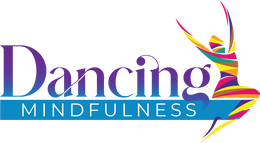
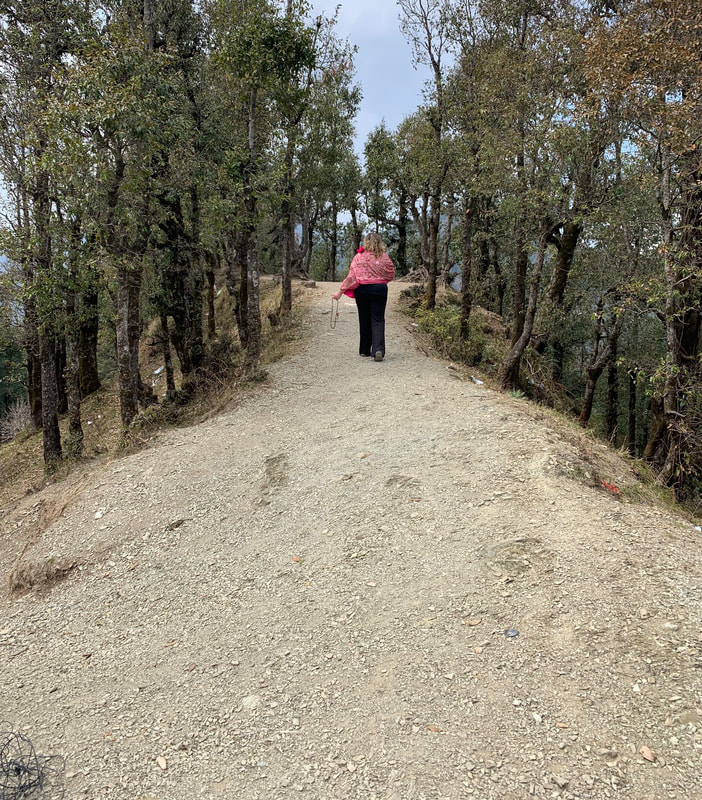
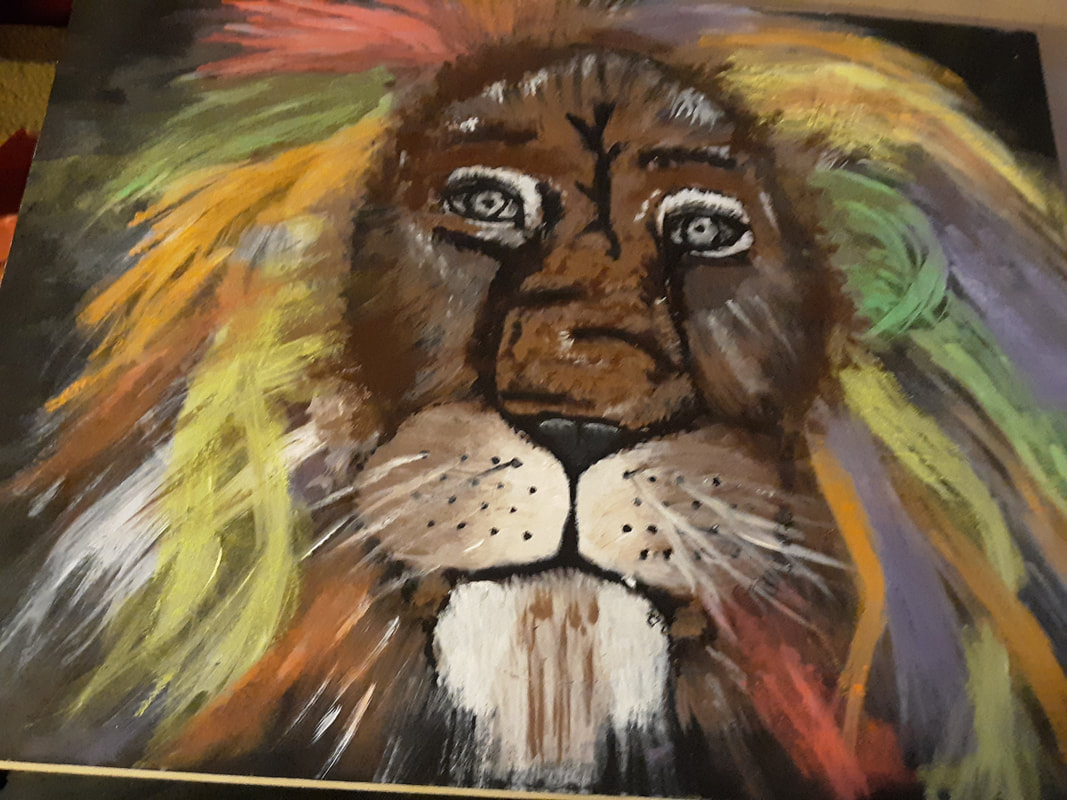
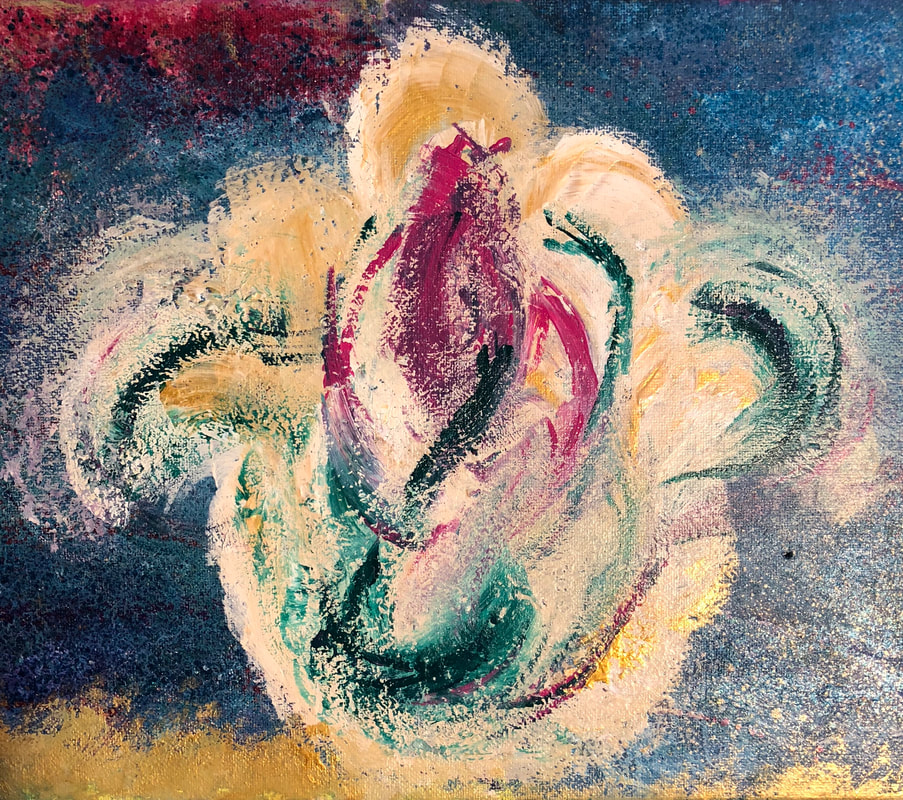
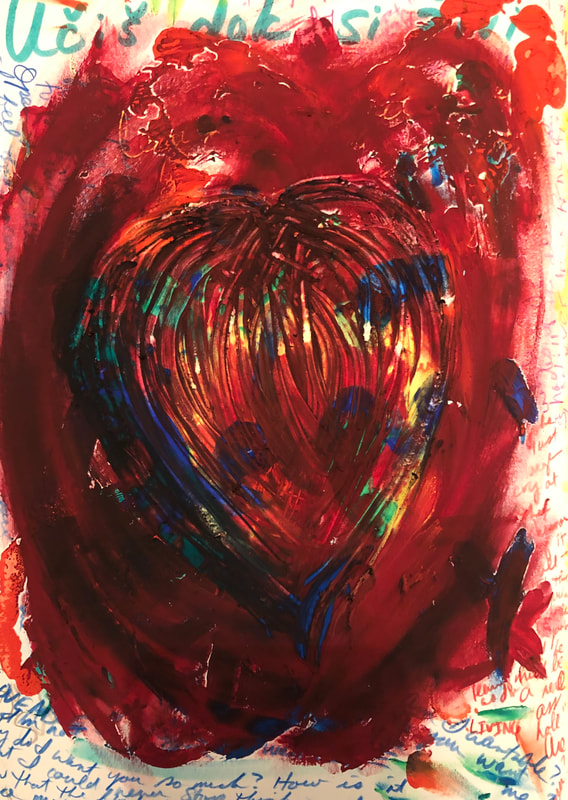
 RSS Feed
RSS Feed